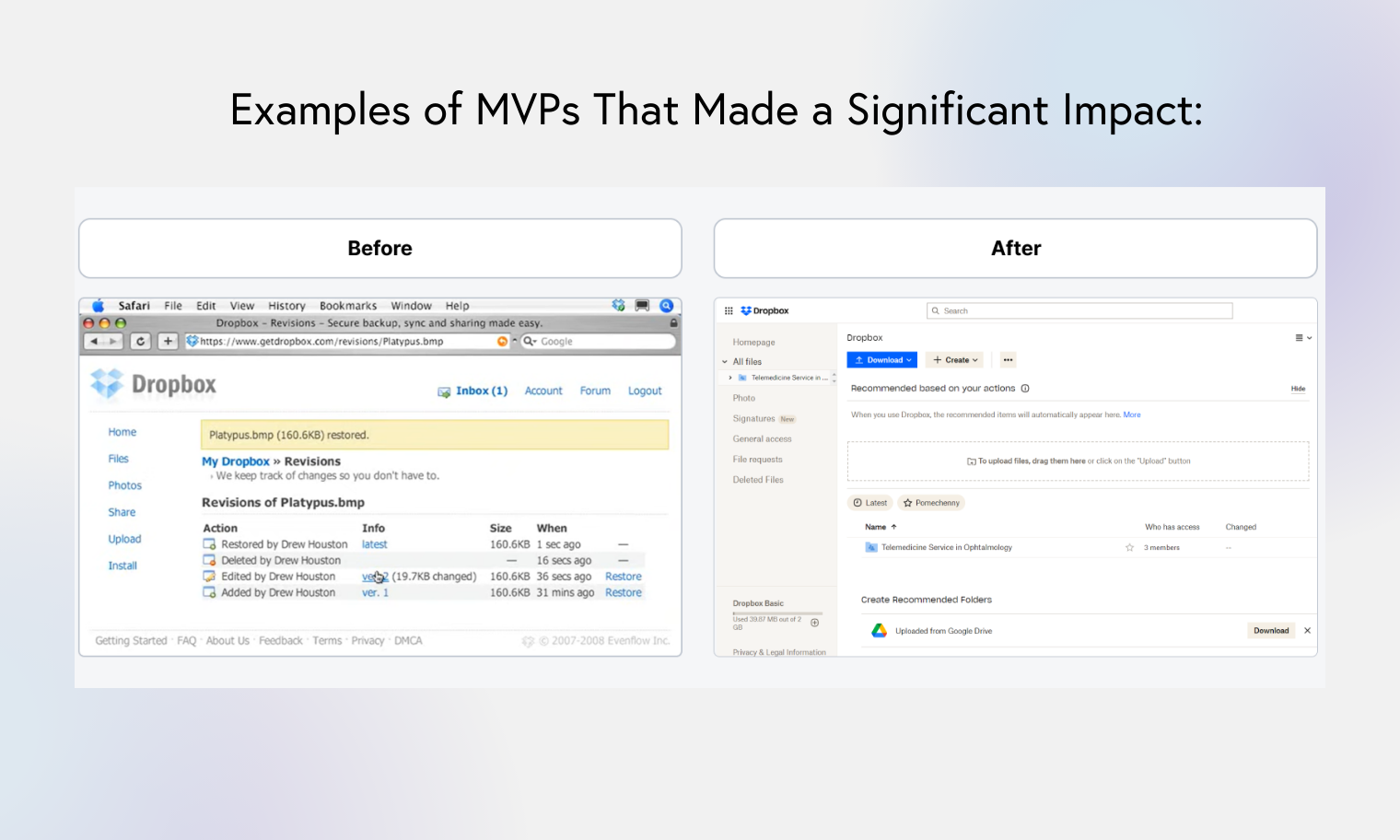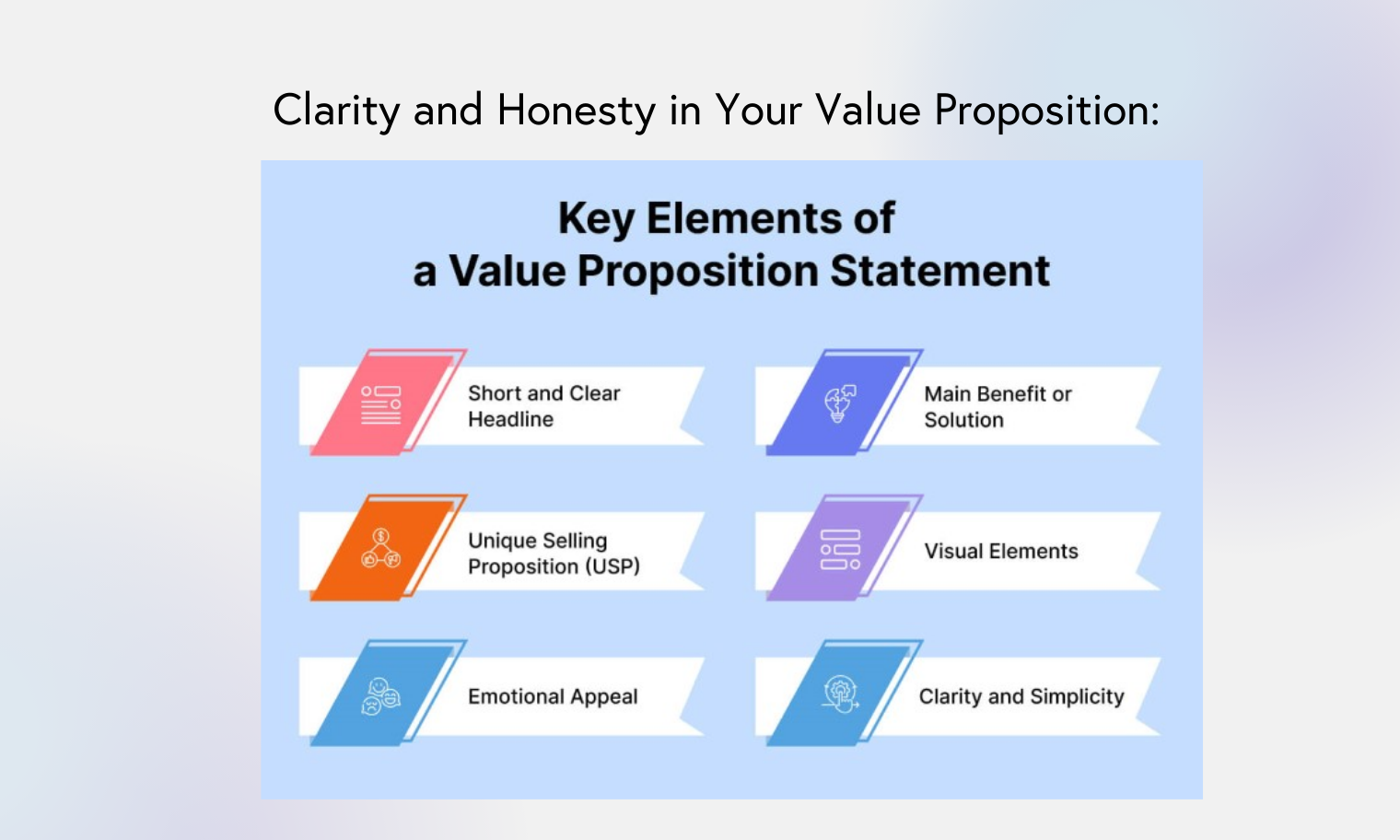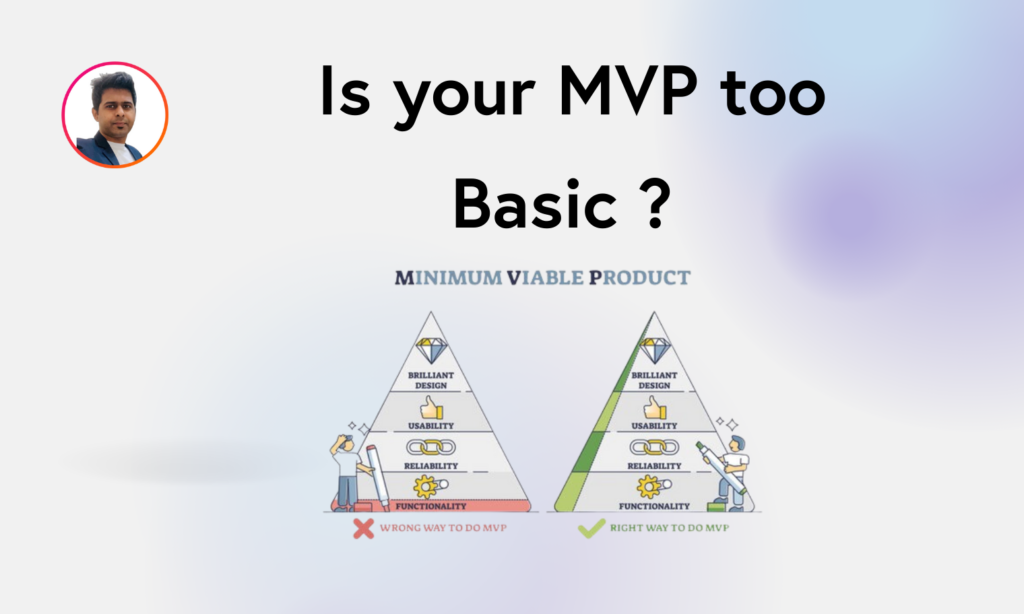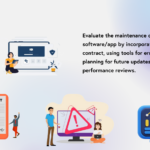Introduction:
As a founder, whether you have a technical or non-technical background, developing a Minimum Viable Product (MVP) can be a daunting task. One of the biggest fears is that your MVP might be too basic to impress potential investors or early users due to its limited functionality. However, the true goal of an MVP is not to impress investors but to solve the core problems of your ideal customer and provide real value. This blog post will guide you through the essential aspects of MVP development to ensure your product makes a significant impact.
The Goal of an MVP
The primary goal of an MVP is to validate your product idea by solving a core problem for your target audience. It’s not about cramming in as many features as possible or making a flashy presentation for investors. Instead, focus on delivering a solution that addresses a real pain point for your users.

Providing Real Value to Early Users:
- Ensure that your MVP provides tangible benefits to your users from the start.
- This early value can build trust and loyalty, leading to valuable feedback and word-of-mouth promotion.

Ensuring Your MVP Solves the Core Problem:
- Your MVP should center around the most critical problem your product aims to solve.
- Early users are looking for solutions to their immediate needs, not a complete product.

Identifying the Core Problem:
- Conduct thorough market research to identify the primary problem your target audience faces.
- Use surveys, interviews, and focus groups to gather insights directly from potential users.

Examples of MVPs That Made a Significant Impact:
- Dropbox: Started with a simple video demo to validate the idea of seamless file syncing.
- Airbnb: Began by renting out air mattresses in their apartment to test the concept of a home-sharing platform.

Measuring the Impact of Your MVP:
- Define key performance indicators (KPIs) to measure the success of your MVP.
- Use user feedback, engagement metrics, and usage data to assess the impact.

Clarity and Honesty in Your Value Proposition:
- Clearly communicate what your MVP does and the problem it solves.
- Avoid overpromising and ensure your MVP delivers on its promises.

Testing and Feedback Loops:
- Implement continuous testing and feedback loops to refine your MVP.
- Use A/B testing, user surveys, and usability testing to gather insights.

Balancing Simplicity and Functionality:
- While keeping your MVP simple, ensure it has enough functionality to solve the core problem effectively.
- Prioritize user experience and ease of use.

Iterative Development and Continuous Improvement:
- Adopt an iterative development approach to continuously improve your MVP based on user feedback.
- Plan for regular updates and enhancements.

Ignoring User Feedback:
- User feedback is invaluable for improving your MVP. Never ignore it.
- Use feedback constructively to guide your development process.

Conclusion:
Recap of Key Points:
- The goal of an MVP is to solve the core problem of your ideal customer and provide real value.
- Focus on delivering a solution that makes a drastic difference for early users and ensures your MVP does what it promises.
By following these guidelines, you can overcome the fear of having a too-basic MVP and create a product that truly resonates with your target audience, paving the way for future growth and success.









